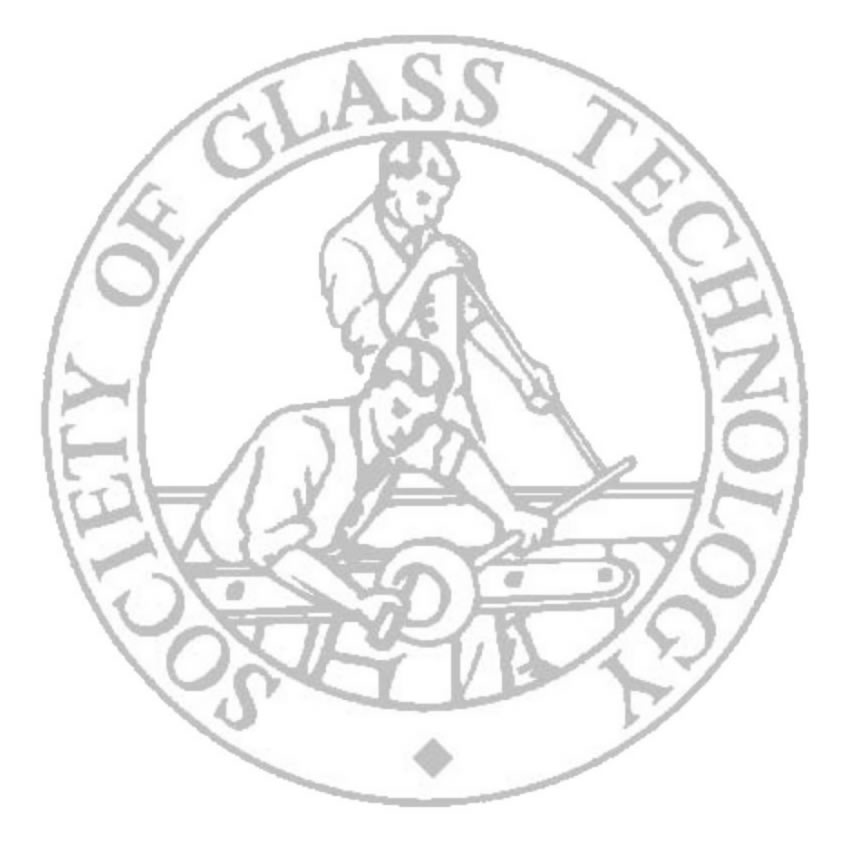Characterisation and optimisation of nanostructure of sol-gel derived bioactive glasses
Sen Lin*, Simon J. Baker, Julian R. Jones
Sol-gel derived bioactive glasses have high potential as biomaterials for bone regeneration and devices for sustained drug delivery. They bond to bone and have a controllable degradation rate. They have a unique tailorable nanoporosity, which enhances their surface area and exposes hydroxyl groups and affects protein adsorption and cellular response. This study aims to fully characterise the evolution of the nanoporous structure of sol-gel derived bioactive glasses (70 mol% SiO2 and 30 mol% CaO, 70S30C) for the first time, to fully understand its nanostructure evolution. Based on the characterisation results, nanoporosity and homogeneity of the glasses were optimised, so that materials with specific nanoporous networks can be produced to further enhance effects on tissue regeneration.
Nanostructure evolution
The bioactive glasses 70S30C were synthesised by using previous protocols1. The nanostructure evolution of 70S30C was characterised stage by stage following the sol-gel process by using electronic microscopes. It was confirmed that the evolution of sol-gel derived bioactive glasses is from primary particles (1-2 nm)2, to secondary particles (5 nm), finally to tertiary particles (10-30 nm). The inherent nanopores of 70S30C are derived from the interstitial spaces between the tertiary particles and the nanopores are interconnected. The evolution of calcium distribution was also characterised. Inductive coupled plasma (ICP) analysis of the pore liquor after ageing revealed that calcium nitrate (the calcium precursor) dissolves in pore liquor before drying. Thermal real time X-ray diffraction and MAS-NMR data revealed that calcium nitrate coated the silica nanoparticles during drying and calcium did not enter the silica network until the material was heated to 400 °C. This has implications for ensuring a homogeneous calcium distribution in sol-gel derived bioactive glasses.
Nanostructure optimisation
Since characterisation results show that nanopores are derived from interstitial spaces between the tertiary particles, the nanopores were successfully enlarged from 12 to 30 nm by trimethylsilylation of secondary particles before fusion into tertiary particles. A specific amount of trimethylethoxysilane was added before ageing and microscope images indicate the fusion into tertiary particles is retarded. Two phases (a translucent phase surrounded by an opaque phase) were found in 70S30C monoliths. The nanostructure and composition of the two phases were characterised by electronic microscope, nitrogen adsorption porosimetry and secondary ions mass spectrometry. Results showed that calcium concentration and nanoporosity are much higher in the opaque phase than in the translucent phase. This may be caused by calcium accumulation on the outer surface of nanoparticles during drying due to the difficulties of calcium diffusion through the nanopore network. The homogeneity of monoliths was successfully improved by decreasing the hydrophilicity of the mould surface and phase separation was not observed within the monoliths produced in Teflon moulds.
1. Saravanapavan, P. & Hench, L. (2003). Journal of Non-Crystalline Solids, 318, 1-13.
2. Himmel, B. et al., (1987). Journal of Non-Crystalline Solids, 91, 122-136.
Authors thank Medcell Biosciences, Royal Academy of Engineering and EPSRC.
*Presenting author
Back to New Researchers Programme
